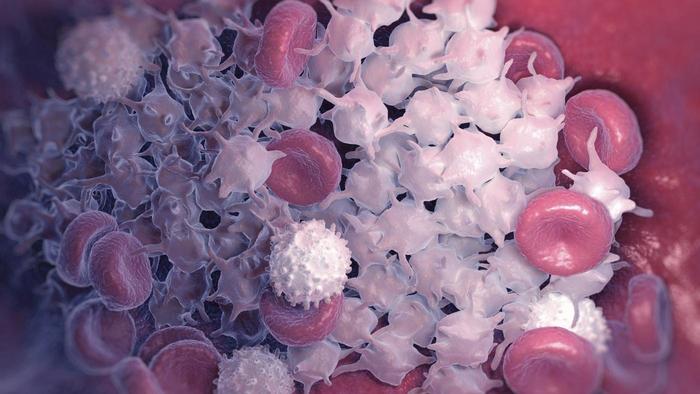Platelets are little particles found in human blood that help seal cuts on the skin by giving other clotting proteins a chance to stop the bleeding. A normal platelet count measures between 150 and 400 million per milliliter of blood. Pregnancy brings visible and hidden changes to women's body; therefore, doctors take precaution and test the blood of expecting mothers three times, once in initial blood work, with glucose test and at the delivery. Eight percent of women experience a slight drop in their platelet count that is usually between 100 and 150 million of platelets per ml of blood.

Should You Worry About Low Platelet Count in Pregnancy?
Women whose platelet count during pregnancy slightly defers from the normal criteria shouldn’t be worried. Specialists in such cases always keep an eye on the patient by monitoring the current status. The condition where platelet count plummets down below normal concentration is referred to as gestational thrombocytopenia. This condition usually occurs in the third trimester and doesn't affect the baby's well-being. After the delivery, the levels of platelet in your system will gradually become normal once again.
If you are wondering why the levels of platelet decrease during the pregnancy, well, the world still doesn't know the precise answer. Experts have determined these two factors that may have an impact on internal balance.
- The human body naturally disintegrates platelets if they are not active and supplants them with the new share. During pregnancy, the process of disintegration is much quicker. Therefore high levels of small platelets are now replaced with low count consisting of larger particles.
- During pregnancy, the human body produces higher amounts of plasma, which is a fluid part of the blood. Because the level of fluid is higher, the blood naturally becomes more diluted and with that, the concentration of platelets reduces as well. However, the platelets (thrombocytes) don’t lose the functionality because of the dilution.
The blood test results are always written in maternity notes and are stated in this from: "Plat. 155x10.9/L", which means an individual has a count of 155. If your platelet level is below normal, you should know that bleeding during or after the labor is possible.

Other Causes of Low Platelet Count During Pregnancy
Sometimes the cause of abnormally low platelet count has very little to do with the pregnancy; therefore the origin of such condition probably lies in preexisting condition, such as lupus. Some medicines, such as heparin can also be a cause of low platelet count in pregnancy.
Immune Thrombocytopenia
Immune Thrombocytopenia (ITP) is a chronic medical condition that usually occurs after a viral infection in childhood and continues into the adulthood. To simplify the impact of ITP on a human body, we could say that the immune system attacks perfectly healthy platelets. This immune condition is treated with steroids when the count drops below 50.000 per ml of blood. In the case of immune thrombocytopenia, platelet transfusion is not an option, because the body destroys the foreign thrombocytes as well. Before the actual treatment, the illness has to be firstly diagnosed. The ITP is usually recognized before pregnancy but if not, an expecting mother shouldn't worry, because the initial pregnancy blood test determines the current state of the body. The delivery itself is usually executed by cesarean section because there is 10% possibility of a baby having immune thrombocytopenia as well.
Pre-eclampsia
Pre-eclampsia is a disorder that evolves during the pregnancy characterized by high blood pressure and protein in the urine. Low count of thrombocytes can be a sign of a severe form of pre-eclampsia also known as HELLP syndrome. HELLP syndrome is usually noticed in the third trimester and requires immediate delivery. Even if a mother suffers from such condition, the baby's level of platelets remains normal. HELLPS syndrome doesn't leave permanent effects on women because the levels of platelet return to the normal range shortly after the delivery.
Treatments for Low Platelet Count in Pregnancy
Treatments differ based on the cause and intensity. Gestational thrombocytopenia requires no remedies outside of regular blood draws to monitor the platelet level. The treatment for immune thrombocytopenia starts when the level of thrombocytes falls below 50.000. The regimen includes steroid intake to suppress the immune system from destroying perfectly functional platelets. The steroids cause remission of symptoms in 25% of patients while 66% of people experience the improvement of low platelet counts. Hypertensive conditions such as pre-eclampsia and HELLP syndrome are not treated with specific remedies, only with the delivering of a baby. In all mentioned cases, except the ITP, the low platelet count rerun to normal range within 3 days of delivery.
